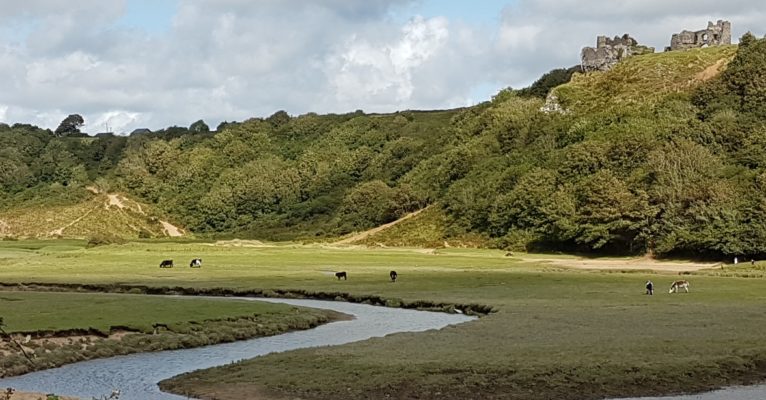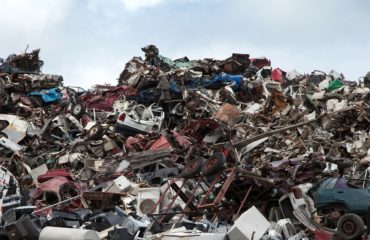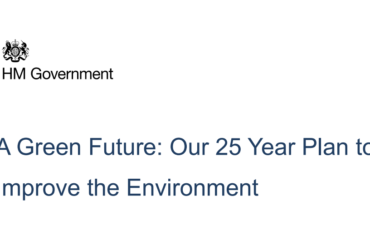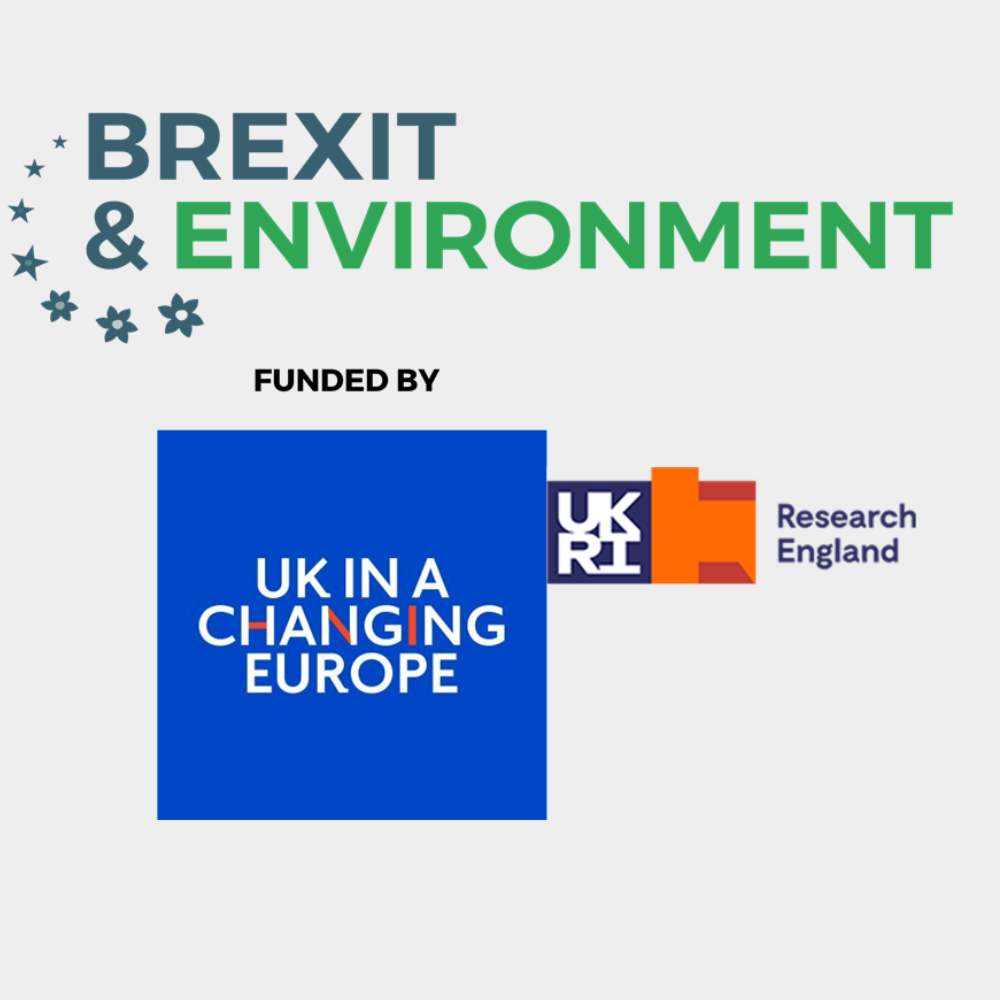Post-Brexit agricultural support and the WTO: Using both the amber and green boxes?

Since the Brexit referendum, agriculture has become a central part of British political, economic and legal life. Brexit raises multifaceted issues related to food security, devolution, the use of new technologies and, crucially, the relationship between financial support for farmers and sustainability. Some of these aspects were considered in DEFRA’s Consultation Paper on Health and Harmony, which explicitly links ‘the future for food, farming and the environment in a Green Brexit’. With the Consultation Paper and the 25 Year Environment Plan, the UK Government is indicating commitments towards a ‘Green Brexit’ – although there are some discrepancies between the different governmental departments (see also the issues raised by GMO cultivation).
Part of this Green Brexit drive aims to modify the support farmers receive for the farming activities they undertake. The UK government wishes to move away from area/land-based payments towards payments for public benefits and environmental/ ecosystem services under a new ‘public money for public goods’ paradigm. As a result, it is rethinking its entire support regimes for farmers. DEFRA wants to end direct payments received by farmers. This dramatic change in DEFRA policy should be better communicated to farmers and their advisers since they are not (fully) aware that direct payments will shortly disappear (by 2025 when the agricultural transition period will most likely end). The Government must make it clear that direct payments/basic payment schemes (or BPS) will disappear to enable farmers to prepare for the upcoming changes. Further, the current level of payments received by farmers will be reduced (potentially dramatically) – especially in the devolved nations. This fact should also be made clearer to the farming community. Many UK farms are currently profitable solely because of direct payments coming from the CAP. A good rule of thumb is that direct payments pay the rent. This means that farms which are currently struggling – even with direct payments coming from the EU – will find the change in the support system particularly difficult.
The WTO Agreement on Agriculture and UK agricultural support
In a post-Brexit world there are uncertainties as to the compatibility of UK agriculture support regimes with WTO law, and in particular the Agreement on Agriculture (the AoA). The three main pillars of the AoA are market access, export competition and domestic support. Within the AoA, three boxes deal with domestic agricultural support: the amber, the blue and the green boxes.
The amber box comprises all domestic support measures considered to distort production and trade. Examples of such measures include ‘coupled’ income support, i.e. incentives linked directly to production through, for example, market-price supports, per-unit payments or input subsidies. Distorting support measures in the amber box are subject to limits called ‘de minimis’ support. However, 32 WTO members (including the EU) can benefit from higher support than the de minimis level. This level of support is expressed in terms of a ‘Total Aggregate Measurement of Support’ (Total AMS). The EU Total AMS is set at approximately 72 billion Euros. The EU currently uses only 10% of the Total AMS, whilst green box support reaches around 70 billion Euros (representing just under 90% of the total support notified).
There has been a lot of discussion as to whether the UK is entitled to a share of the EU Total AMS. But this should be a non-issue. The EU Total AMS has increased on the accession of new Member States, so it should correspondingly be reduced on the withdrawal of the UK. There is therefore a strong argument for the UK to successfully negotiate the allocation of a portion of the EU Total AMS post-Brexit with EU Member States and the WTO.
In the blue box, payments under production-limiting programmes need not be decoupled from production. The programmes create ceilings (fixed per head, acreage or yield) as to the payment conditions to reduce distortion and there are no limits on spending on blue box support.
In order to qualify, green box support must have no or minimal trade-distorting effects on production. This constitutes an important proviso. Green box supports are allowed without limits, provided programmes comply with the basic and policy-specific criteria set out in Annex 2 of the AoA.
Application of the boxes to post-Brexit agricultural policy and support
Under the new paradigm of public money for public goods, payments to farmers could fall under the three boxes of the AoA. In the UK, where one of the central issues after Brexit will be to increase farm productivity and ensure food security, it is unlikely that much support will fall under the blue box since the box aims to reduce production – unless future ceilings could be revised above current levels to allow for growth.
The amber box stands as a strong option for post-Brexit UK agricultural support in the event the UK gets a share of the EU Total AMS – although there is scope under the ‘de minimis’ threshold for a strong level of support for British agriculture. Agricultural support notified under this box will be more difficult for WTO members to challenge because amber box programmes are by nature considered to be trade distorting. If the support is notified under the amber box then it will be considered as trade distorting by WTO members. Therefore, the UK will not be open to legal challenges by other WTO members. Such an option should be preferred in the short term.
Two categories of green box support are of particular interest when supporting farmers to deliver ecosystem services: environmental and regional development programmes (paragraphs 12 and 13, Annex 2 AoA). Examples of environmental programmes include the delivery of sound management of soil and water, carbon sequestration and flood control. Further, payments could be based on a geographical, catchment and/or localised approach under regional development programmes. A landscape approach based on best farm outcomes (not specific habitats), for the uplands for instance, could be established and allow for these parts of the UK to receive extra types of funds – as previously existed under the Single Farm Payment. Some low input/low output models are still required to ensure appropriate management of specific areas such as the uplands.
Under the AoA, the level of payments under the environmental and regional development programmes is fixed and restricted to ‘the extra costs or loss of income involved in undertaking agricultural production’ (or as many commentators have dubbed these conditions: ‘income foregone’). The factors and data to consider when calculating ‘income foregone’ are unknown. On the questions of whether there is a baseline for measuring support and of whether and how to measure income foregone, the text of the AoA is silent. There is no relevant case-law either.
Issues with support under the green box
The UK wants to restrict support payments to farmers for income foregone to be in line with the green box conditions and with the strict approach that the EU has historically adopted towards income foregone. Indeed, the EU has adopted a conservative interpretation of ‘income foregone’ since, under the CAP, direct payments provide the income that is necessary to make up the difference.
The criterion of ‘income foregone’ was included in the AoA because historically farmers are supposed to sell their products onto the markets and the difference between the sold price and the farmer’s expenditure would be paid by agricultural support. However, under a framework of payments for ecosystem services, farmers would not necessarily create products that can be commercialised. Therefore, if payments were limited to income foregone, farmers would be operating at a loss and would be unable to recuperate the income generated by the sale of their products. Growing bee populations to favour pollination would be such an example. Thus, there is no reason why the UK should adopt a strict interpretation. The strict interpretation adopted by the EU does not set a precedent. Further, income foregone focuses on financial and economic incomes, not environmental outcomes. Higher levels of payments (i.e. beyond a strict interpretation of income foregone) should be compatible with WTO obligations.
The EU has successfully transformed its agricultural support under the CAP from the amber box to the green box. Whilst this change has not been challenged by other WTO members to date, if the UK were to adopt a similar approach, new programmes could be challenged since the UK will no longer be part of a strong trading bloc. The compatibility of future support based on public money for public goods under the green box remains to be seen. After Brexit, the immediate notification of payments for ecosystem services under the green box could negatively impact on the UK if the schemes are not consistent with the criteria under the box. Other countries could seize the opportunity to challenge these schemes in front of the WTO to set a precedent against the (ab?)use by powerful countries of the green box. Keeping post-Brexit UK support under the amber box for a short period of time whilst transitioning from area/land-based payments to ecosystem/environmental services payments would allow for the new schemes to be tested and framed in compatibility with the green box in the long term.
Relying on the amber box for a transition period only (rather than indefinitely) would be more politically acceptable to WTO members who do not benefit from the AMS. Thus, the amber box could provide a pathway for transition from area/land-based payments to environmental outcome-based payments. In the long term, the green box provides the best opportunity to secure WTO combability for UK domestic support post-Brexit. However, support under the green box should not be restricted to ‘income foregone’ interpreted in a strict manner.
If DEFRA perseveres with such a radical change in agricultural policy – one that retains the EU’s conservative interpretation of ‘income foregone’ while simultaneously ending direct payments – it is likely that the bottom 25% of English farms that currently struggle or only survive because of CAP support will disappear. This scenario could be worse in the devolved regions of the UK since they rely more heavily on CAP payments.
By Dr Ludivine Petetin, Cardiff Law School. This blog post is based on a talk given by the author at the Game and Wildlife Conservation Trust All-Party Parliamentary Group meeting in March 2018.




